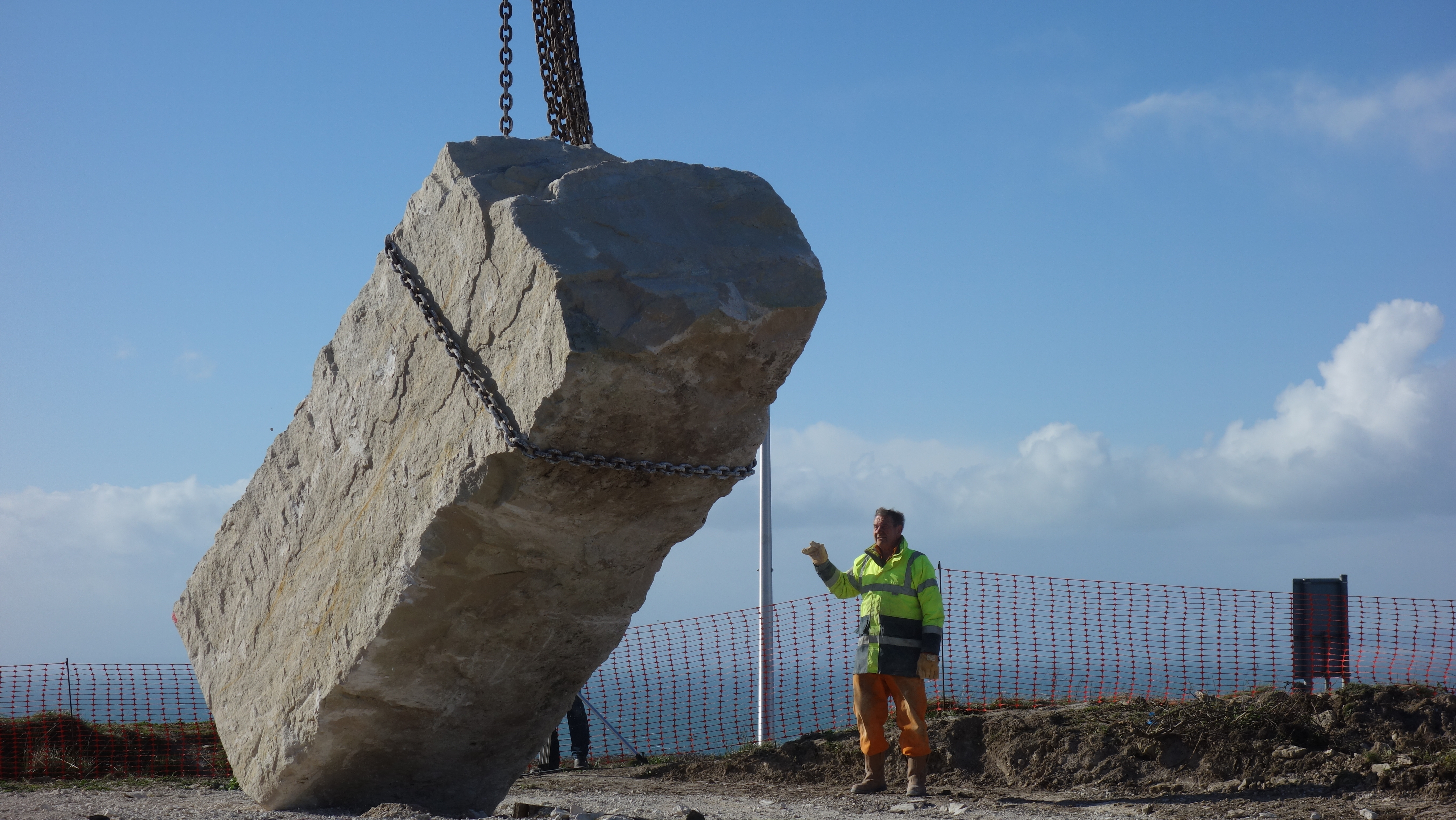Memory Stones
The Memory Stones, by artist Hannah Sofaer MA (RCA), create an interdisciplinary platform with vistas across the isle of Portland’s landscape and sea. Once part of another landscape these large stones weighing 250 tons hold the memory of time from previous environments in which they were formed.
Each stone, aligned to the passage of the sun casts shadows that create a changing space throughout the year; marking the Spring and Autumn Equinox and Summer and Winter Solstice. The outer circle measures 20 metres diameter with the stones set out on an inner circle of 16.8 metres diameter, representing a variation of 0.16 – the same principle of variation in the Earth’s orbit around the sun. This gives rise to interglacial periods and ice ages known as the “Milankovitch cycles”.
Key messages from each stone will create a platform for a living land archive of skills and knowledge exchange, with live audio-visual recordings of the artists process and site specific work, quarrying heritage, stone masonry skills, and leading edge research by geologists and ecologists; applying a new model for regeneration in one of the most intensively quarried landscapes of the British Isles.
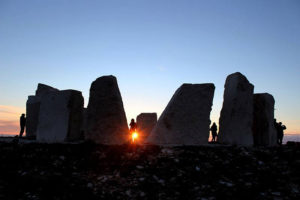
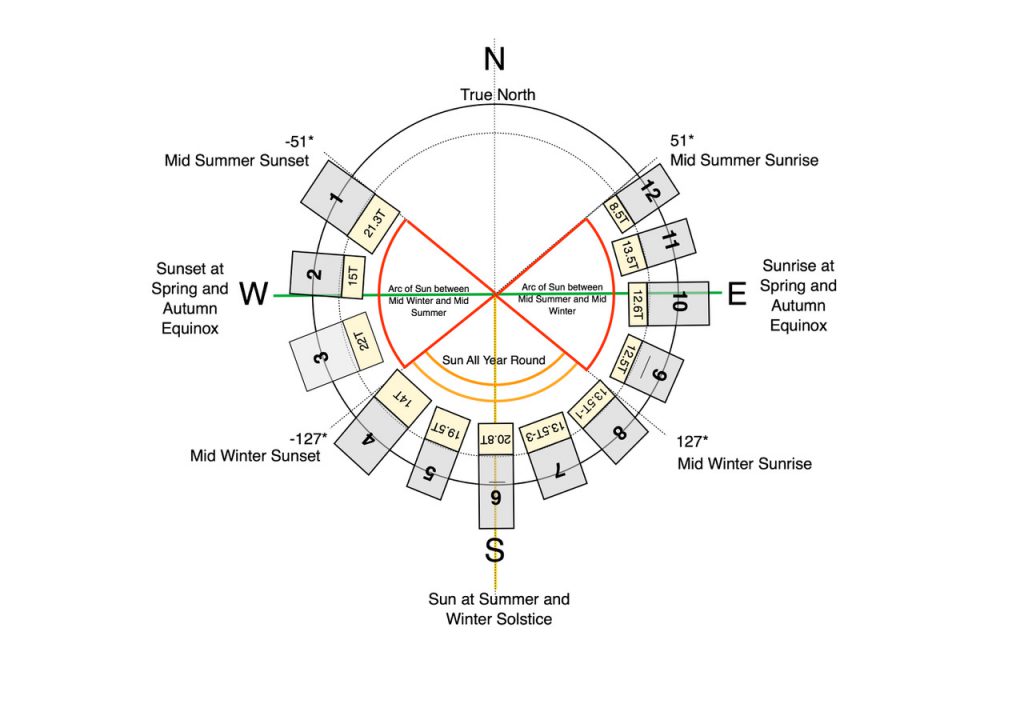
The Memory Stones overlook Tout Quarry and the wider Quarry Park. Tout means ‘Lookout’ and the quarry, hewn from the clifftop overlooks the great Chesil Beach, connects Portland to mainland Dorset. Tout was once one of over 100 working quarries on the island all worked by hand.
- Geology – This stone looks back in geological time to World Heritage Coast. Aligns with Mid Summer Sunset over Golden Cap on 21st June.
- Triassic – Looks back to Lyme Bay to the Triassic – Aligns with the sunset of the Spring and Autumn Equinox.
- Ocean – Looks across the Ocean with no land between Portland and South America.
- Quarries – Geomorphology of the original land surface and jointing structure of the Gullies that run North< > South across the Island. Aligns with Mid Winter Sunset on 21st December.
- Archaeology – references the early settlements of St Andrews at Church Ope, the Mesolithic site at Culverwell.
- Architecture – Looks to the tower of St Georges Church inspired by West towers of St Paul’s Cathedral.The shadow from the stone at noon on Mid Summers Day is 2 meters long and Mid Winters Day 13.4 meters.
- Regeneration – looks towards the Drill hall where the living land archive is held and the sharing and exchange of knowledge and skills and collaborations take place. Points to the former quarry railway tunnel that connects Tout to Inmosthay Quarry to the Drill Hall and the wider Portland Quarries Nature Park.
- Lichens -early life forms in the succession for regeneration. North edge of the stone aligns to the Mid Winter Sunrise.
- Plants – Early pioneer species, 500 plant species with 125 used for culinary and herbal remedies. Aligns directly East with the sunrise at the Spring and Autumn Equinox.
- Insects – Butterflies and Insects
- Vertebrates – small mammals and reptiles.
- Birds – Migratory birds. The North face of the stone is aligned with the Mid Summer Sunrise and captures the light of the northern most travel of the sun at daybreak on 21 June
 |
 |
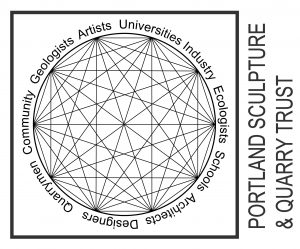 |
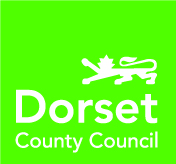 |
 |
 |
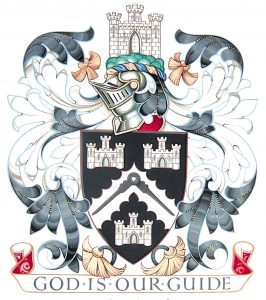 |
|
Memory Stones Installation – Funded by Arts Council England, Department for Communities & Local Government, Dorset Wildlife Trust, Worshipful Company of Masons, Portland Court Leet, Dorset County Council Divisional Fund, Portland Masonic Lodge, Trewint Ltd and Portland Sculpture & Quarry Trust.
Supported by Portland Stone Firms Ltd, Albion Stone plc, Weymouth & Portland Borough Council, ASTUDIO architects for the sunpath model and Eagle Vista Aerial Imaging.
 |
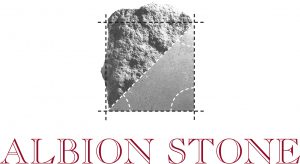 |
 |
 |
 |
|||
